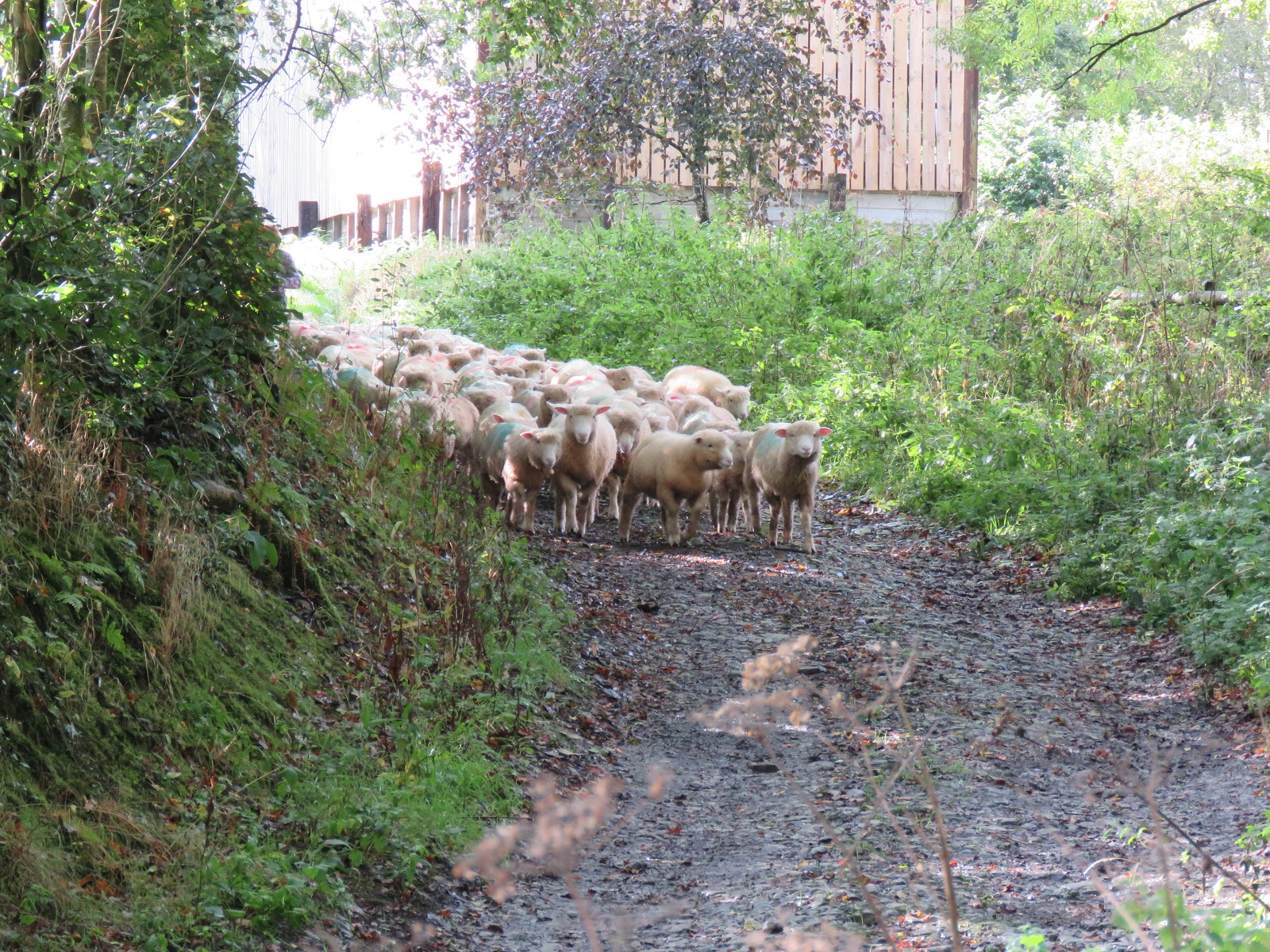 |
| A cute little restaurant, the Cottage Cafe. |
Fascinating Fact of the Day about Torquay:
From this site:
The exhaustion, the constant need for naps, the chronic pain in my muscles and joints preventing me from walking or performing simple tasks, the erratic pulse often too low, the atrial fibrillations, the bouts of high and low blood pressure, and the frightening breathlessness, all are gone.
My pulse is comfortably in the high 60’s. My blood pressure runs in the 115/70 range. I can breathe easily and walk up and down several flights of stairs with no more difficulty than others without heart issues. I am often sleeping through the night…a first for me.
 |
| The best shot I could get of this church was when there was no nearby parking. |
Keep in mind. I’ve never really noticed any difference before and after the surgery. I’d completed the stress test with seeming ease before the surgery without being out of breath. Then, I was easily able to exert myself, and now, there’s no difference.
In the past month, I’ve stopped obsessing about how I am feeling at any given moment. With all the side effects I had, it’s no wonder I was in a state of worry and concern. I no longer check my pulse 20 times a day, my blood pressure ten times. All is well.
 |
| There are numerous churches in Torquay of many denominations. |
Each of the three drugs had its own unique set of side effects. As I weaned off one medication after another, the changes in how I was feeling were palpable. I’m so grateful.
 |
| A clock tower. |
Once we left South Africa in May, I left behind a relationship with a cardiologist. I’d requested records from him and the surgeon, but they weren’t as comprehensive as they should have been to present to a new doctor.
 |
| We were surprised to see a casino in Torquay. |
As we look to the future, we do so with innate optimism and passion for our continuing travels. We realize the risks, but after we’ve experienced what we have been through this past year, we know we can figure out the best possible solutions.
Enjoy your day to the max!
 |
| Traffic jam on the way to the river. For more photos, please click here. |























































































